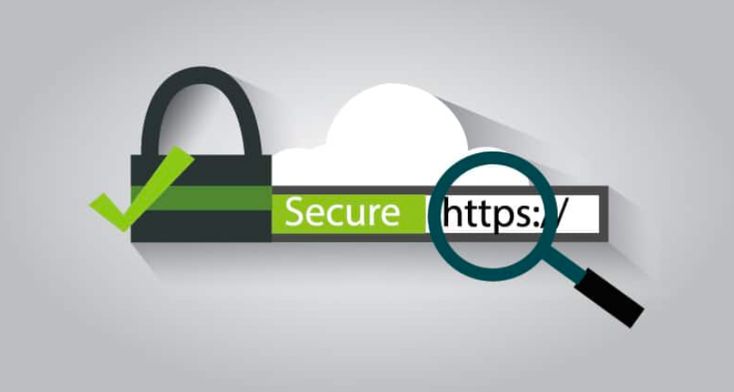In the ever-evolving digital landscape, protecting your domain from malicious threats is paramount. Domain security is crucial for safeguarding your online presence, preventing financial losses, and maintaining user trust. Embracing robust security measures can safeguard your domain from a range of threats, including domain hijacking, phishing attacks, and malware injections.
1. Domain Monitoring: Vigilant Watch over Your Domain
Establish a regular domain monitoring routine to stay abreast of any suspicious activity or unauthorized changes. Employ domain monitoring tools or services that alert you to potential threats, such as domain hijacking attempts or domain expiration notices.
2. Secure DNS Infrastructure: The Foundation of Domain Security
Implement secure DNS practices to prevent users from accessing malicious domains. Ensure your DNS servers are properly configured, utilize DNSSEC (Domain Name System Security Extensions) to authenticate DNS responses, and consider implementing DNS filtering solutions to block access to known malicious domains.
3. Strong Password Management: The First Line of Defense
Enforce strong password policies for all accounts associated with your domain, including domain registrar, email provider, and content management system (CMS) logins. Utilize complex passwords, two-factor authentication (2FA), and password managers to enhance password security.
4. Domain Registry Protection: Shielding Your Domain’s Identity
Enable domain registry lock or privacy protection to prevent unauthorized domain transfers or modifications. This safeguard adds an extra layer of security, making it more difficult for attackers to hijack your domain.
5. Web Filtering and Content Filtering: Blocking Malicious Content
Implement web filtering and content filtering solutions to block access to known malicious domains, websites, and content. These solutions can prevent users from inadvertently visiting phishing sites or downloading malware.
6. Regular Security Audits: Identifying Vulnerabilities
Conduct regular security audits of your domain and website to identify and remediate potential vulnerabilities. These audits can help detect flaws in your website’s code or configuration that attackers could exploit.
7. Incident Response Plan: A Proactive Approach to Threats
Develop a comprehensive incident response plan to effectively respond to any security incidents related to your domain. This plan should outline clear procedures for identifying, containing, and remediating threats.
8. User Awareness and Education
Educate your employees and website users about common cybersecurity threats, such as phishing scams, malware, and social engineering tactics. Encourage them to exercise caution when clicking on links or opening attachments from unknown senders.
Protecting your domain from malicious threats is an ongoing process that requires vigilance, proactive measures, and a commitment to cybersecurity best practices. By implementing these strategies, you can significantly enhance your domain’s security, safeguard your online reputation, and protect your users from harm.



